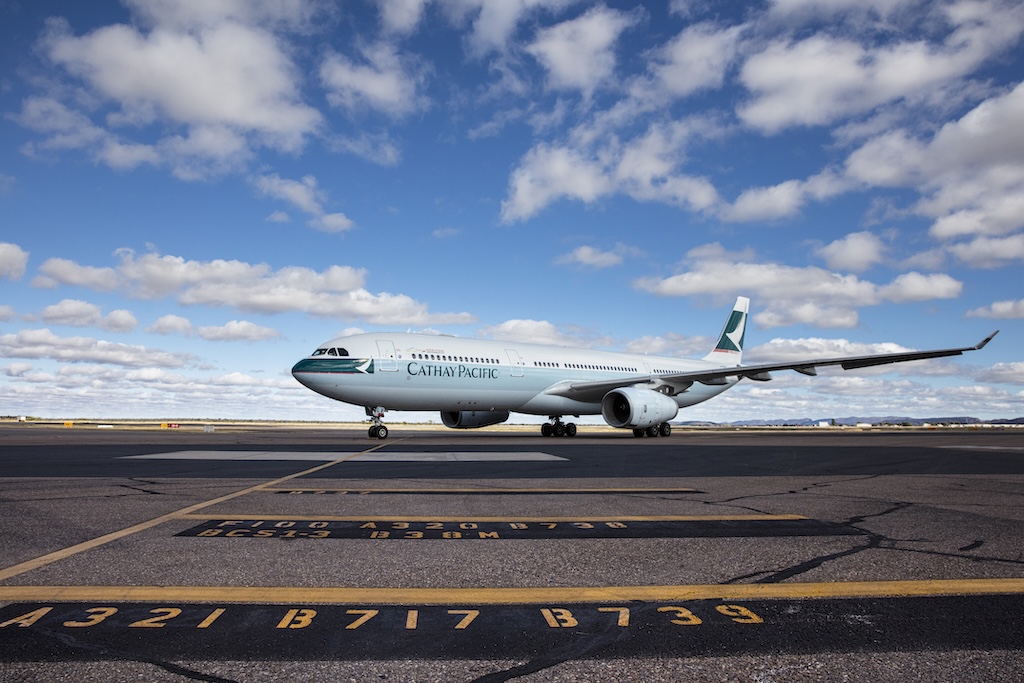The Cathay Group has marked a significant milestone in its recovery from the pandemic with the return of its final aircraft from long-term overseas parking. Cathay Pacific‘s Airbus A330 (registration B-HLV) arrived in Hong Kong on 06 June 2024, after nearly four years in the Australian desert, signifying the completion of a massive undertaking to park and reactivate a total of 85 aircraft.
B-HLV holds a special place in this story as it was the first Cathay Group aircraft to be parked overseas on 28 July 2020, as the COVID-19 pandemic brought global air travel to a standstill. With travel restrictions heavily impacting operations, Cathay Pacific and HK Express were forced to park a significant portion of their passenger fleets at Hong Kong International Airport and overseas storage facilities in Alice Springs, Australia and Ciudad Real, Spain. These locations were chosen due to their low humidity, ideal for aircraft preservation.

As the pandemic began to recede, the Cathay Group embarked on a complex and meticulous process of reactivating these parked aircraft. Each plane underwent a rigorous series of maintenance checks and inspections to ensure the highest standards of safety and performance before returning to service.
“Parking and reactivating so many aircraft is a once-in-a-lifetime undertaking, the scale and complexity of which has never been seen before at Cathay.” He commended the dedication and expertise of the teams involved, highlighting the challenges overcome “with positivity and determination, embodying Cathay’s ‘can-do’ values,” according to Cathay Pacific’s Chief Operations and Service Delivery Officer, Alex McGowan.
McGowan also expressed gratitude to the Hong Kong Civil Aviation Department for their support and looked towards the future with optimism: “With our fleet now fully reunited, our focus is firmly on investing for the future. The Cathay Group has more than 70 new aircraft on order, with the right to acquire an additional 52 aircraft. We are also exploring options for a new mid-size widebody aircraft. These investments reflect our ongoing confidence in the Hong Kong international aviation hub, especially with the exciting opportunities presented by the Three-Runway System at Hong Kong International Airport when it’s fully commissioned by the end of this year.”

General Manager Engineering Operations, Bob Taylor, elaborated on the meticulous maintenance procedures involved in both parking and reactivating the aircraft. He emphasized the importance of regular inspections during long-term storage and the comprehensive checks required before returning a plane to active service. Taylor highlighted the collaborative effort across various departments within the airline, key partners like HAECO, Boeing, Airbus, and the local service provider in Alice Springs (Asia Pacific Aircraft Storage).
